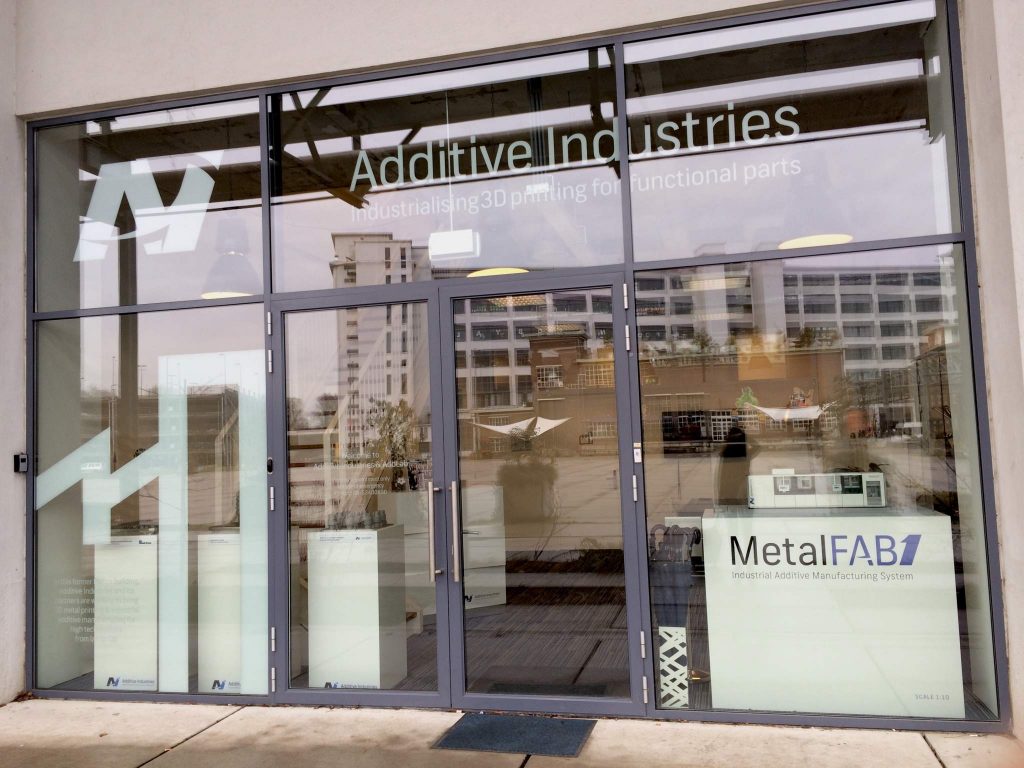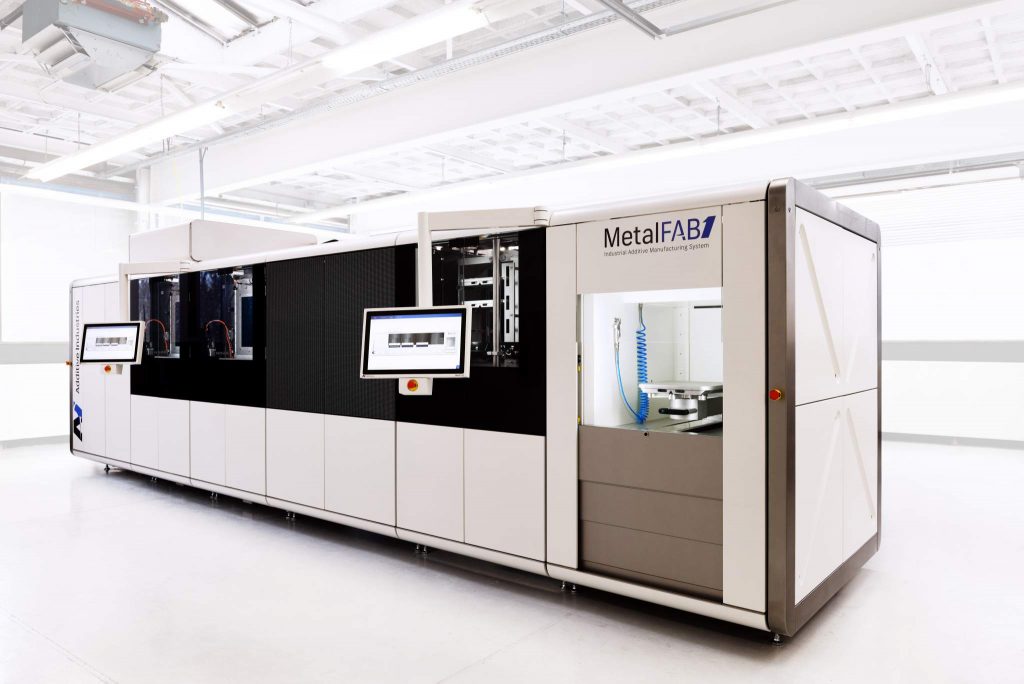3D Printing Industry is taking an in depth look at how additive manufacturing is moving to production. Over the coming weeks the results of interviews with industry leading practitioners will be published.
This article is part of a series examining Trends in Additive Manufacturing for End-Use Production.
Daan A.J. Kersten is the CEO of Additive Industries. Based in Eindhoven, Additive Industries are developing systems, software and applications to further refine additive manufacturing for industrial use, including the MetalFAB1.

3D Printing Industry: What is your percentage estimate of how much your printers are used for production versus other applications?
Daan A.J. Kersten: All MetalFAB1 systems were sold for production, the series though vary from small series or unique large parts to larger series of small products and everything in between. In the industries we serve like automotive, aerospace and medical implants, it takes quite some time to develop the specific processes and applications before they are certified and released for production.
3DPI: Do you have an estimate of the addressable market for AM in production?
DK: The market is beyond imagination and grows with every step we make in reducing the total cost per part. We have seen parts being made for high end aerospace and automotive parts but also relatively simple parts for general machine-building. Jointly those markets are huge.
3DPI: Which industries/verticals are leading in the use of AM for production?
DK: Aerospace and medical implants are leading in production complexity and volume, the automotive industry is catching up fast but the large amount of applications ready to be harvested are in general machine building because of the shorter development time.

3DPI: What barriers does AM face for production and how are these surmountable?
DK: What keeps us from capitalising on this potential is the pace of engineers across industries to learn the basics of design for additive manufacturing. Our industry should join forces to accelerate the spread of this knowledge. Additive Industries contributes by organising an annual Design for Additive Manufacturing Challenge and provide a 3D metal printing system to the local University of Applied Science.
3DPI: Are there any notable trends in AM for end use production?
We see a shift to lower complexity parts and higher volumes, driven by a reduced total cost (we generally see a total cost reduction of 40-50%). Although this is an important step in the right direction, we are convinced we can further substantially reduce the cost in the coming years. Our goal is to be able to compete with casting.
3DPI: Can you name any specific case studies where AM is used for end use production?
DK: Most of our customers don’t allow us to share their examples. We have parts at FormNext from Kaak Group, a global food tech company with its headquarters in The Netherlands.
We are convinced besides the focus on reproducibility, productivity and flexibility, safety is key. We have designed the MetalFAB1 system in such a way that the materials used are always stored in inert conditions, which improves the quality but there is also no powder contact for the operator during normal operations. This is a prerequisite for this technology to be installed on many factory floors next to other production technology.
This article is part of a series examining Trends in Additive Manufacturing for End-Use Production.
You can read more about Additive Industries here.
If you found this insight useful, then subscribe to our newsletter and follow us on social media.



